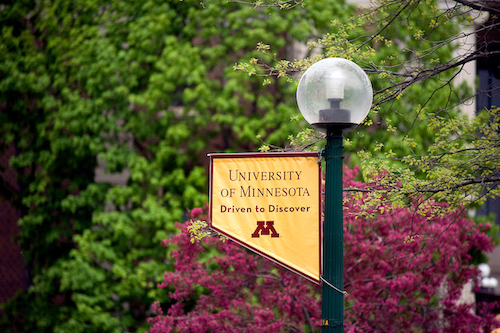
StudyFinder
MT2012-11C: Second or Greater Allogeneic Hematopoietic Stem Cell Transplant Using Reduced Intensity Conditioning (RIC)

Status: Recruiting
This is a treatment guideline for a second or greater allogeneic hematopoietic stem cell transplant (HSCT) using a reduced intensity conditioning (RIC) regimen. This regimen, consisting of busulfan, fludarabine, and low dose total body irradiation (TBI), is designed to promote engraftment in patients who failed to achieve an acceptable level of donor-derived engraftment following a previous allogeneic HSCT. While it will primarily be applied for the treatment of non-malignant diseases (NMD), on occasion it may be used to treat patients with malignant disorders as well.
Age: Not specified
Healthy Volunteers:
Inclusion Criteria:
• up to 55 years old
• diagnosis of any disease for which a second or greater hematopoietic stem cell transplant (HSCT) is needed
• see link to clinicaltrials.gov for complete inclusion and exclusion criteria
Exclusion Criteria:
• women who are pregnant or breastfeeding
• active, uncontrolled infection
• HIV positive
Conditions:
Blood Disorders
Keywords:
Hematologic Disorders, Hemoglobinopathies, HSCT, Immunodeficiencies, Stem Cell Transplant
Contact(s): Teresa Bekkala - tkivist1@fairview.org
Principal Investigator: Troy Lund
Phase: NA
IRB Number: 1207M17641
System ID: 14660
See this study on ClinicalTrials.gov